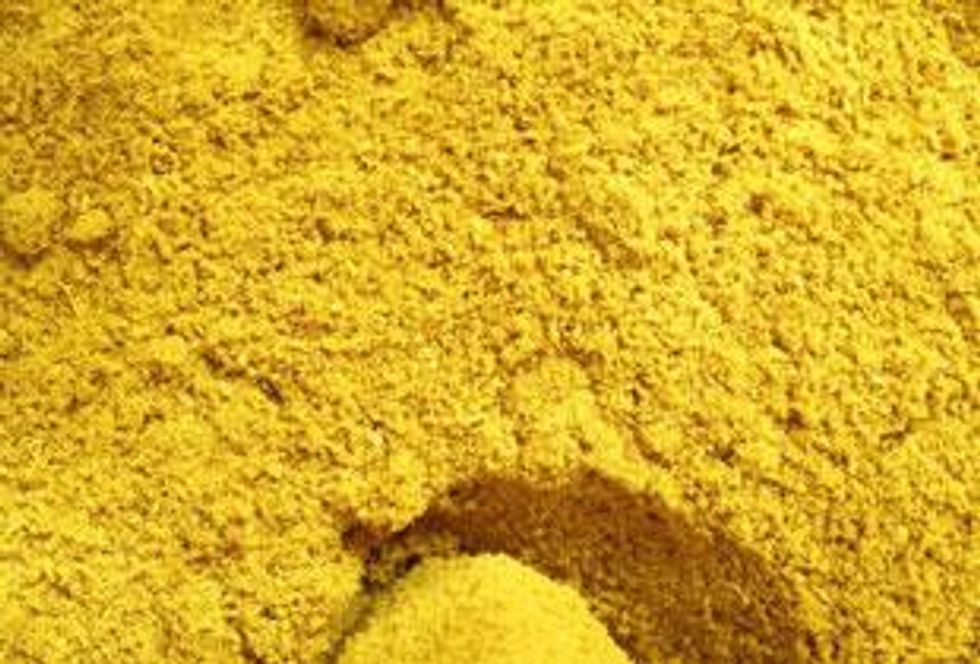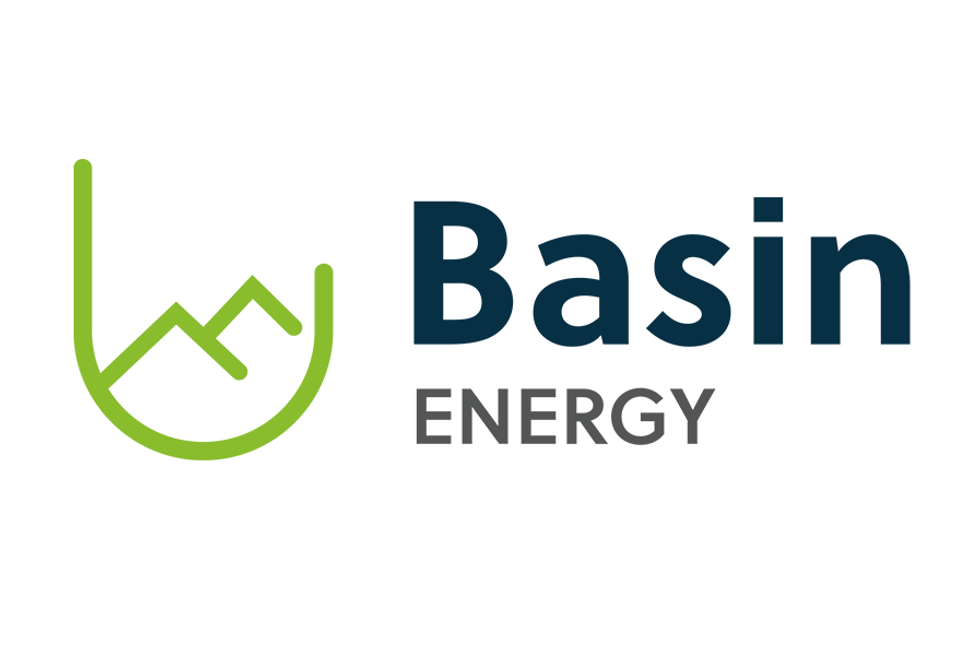The Husab Uranium Project is the largest in-situ deposit in Namibia and currently the fifth-largest uranium-only deposit in the world. Based on its mine plan from the recently released definitive feasibility study, Husab production costs are estimated at $32 a pound, including royalties, marketing and transport.
Extract Resource Limited (ASX:EXT), an international uranium exploration and development company proposing a $1.7 billion uranium venture on the western coast of Namibia, expects to overcome any potential financial or operational impediments confronting the industry following Japan’s nuclear crisis and successfully fund the Husab project.
The Husab uranium project is the largest in-situ, and highest grade, granite-hosted uranium deposit in Namibia, and currently the fifth-largest uranium-only deposit in the world. Husab is about 7 kilometers from London-based Rio Tinto’s (NYSE:RIO) Rossing mine and about 30 kilometers from Perth-based Paladin Energy Ltd.’s (TSX:PDN) (ASX:PDN) Langer Heinrich project.
Projected cost and finance options
Based on its mine plan from the recently released definitive feasibility study (DFS), Husab production costs for the uranium are estimated at $32 a pound, including royalties, marketing and transport. Husab is expected to produce 15 million pounds of uranium oxide a year and begin operation in 2014. Extract said it needs to conduct further exploration to define the resource and extend the expected mine life, and it could start producing 33 months after the project receives the final permitting approval.
Capital costs are projected at $1.48 billion, and production costs are forecasted to be approximately $28.50 a pound, excluding royalties, marketing and transportation. Cash of $86.5 million at the end of March is expected to be enough to fund drilling and initial development. The company is talking with potential customers and has “identified several possible strategic contracting opportunities.” Extract Resources said some 60 percent of Husab project costs may be funded with debt if it develops the mine on its own and that it would aim to approve the venture by the end of June.
Late last month, China Guangdong Nuclear Power Group Co. (CGNPC) offered $1.2 billion for Kalahari Minerals Plc (LON:KAH), which owns about 43 percent of Extract, seeking access to the Namibian deposit. Extract expects the Husab mine to become the third-largest producing mine, behind Cameco’s (TSX:CCO) (NYSE:CCJ) McArthur River and the unfinished Cigar Lake mine.
The market has responded positively to the news, with Extract climbing 25 percent from its monthly low to trade in the range of $8.23, compared with a 13 percent increase demonstrated by the Resource Investing News’ Uranium Stock Index.
Uranium spot market price stability
TradeTech’s reported uranium spot market price is currently in the range of $58.50 per pound, a drop of $1.50 from last week, but unchanged from the March 31 exchange value. According to Trade Tech, the uranium spot market price indicated less volatility over the past week after declining relatively sharply earlier in March, as sellers rushed to the market in reaction to the accident at Japan’s Fukushima Daiichi nuclear facility. The unanticipated increase in spot supply and price correlation abated somewhat this week, but not before prices dipped below the $60.00 price level. A total of eight transactions were concluded this week with buyers including traders, producers and utilities. Traders sold the bulk of the material purchased. The drop in prices has generated some renewed buying interest, but this demand is highly discretionary and price sensitive. TradeTech has adjusted its medium and long term uranium prices for the first time in a while, as a result of the market response to Japan. The medium term price indicator has fallen to $62.00 per pound and the long term has fallen to $68.00 per pound.
Outlook
Recently, Merrill Lynch has released a report suggesting the market may be discounting current disruptions on the supply-side (wet weather in the Northern Territory is one example) in the short, medium and longer term time frames. Such disruptions could create upside pressure on uranium prices; however, the question becomes one of whether there are residual effects on plans to build new nuclear capacity in the “countries that matter.”
With Kazakhstan demonstrating significant control on the price of uranium, China has been out securing long term supply agreements with, and opportunistic equity stakes in, various uranium producing companies across the globe including in Australia. The report also suggests South Korea may become more active in the uranium landscape as it looks to shore up its energy self-sufficiency. Germany might be a different matter. Now that the Greens have won greater political influence, chances are Germany’s nuclear ambitions out to 2020 might be reassessed. As an executive summary, the report does not see much in the way of long term impact on the uranium market as a result of Fukushima.






